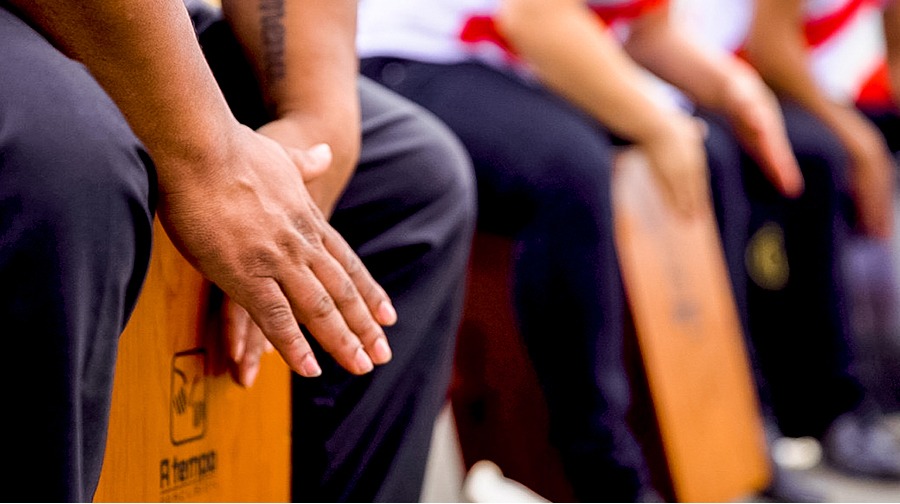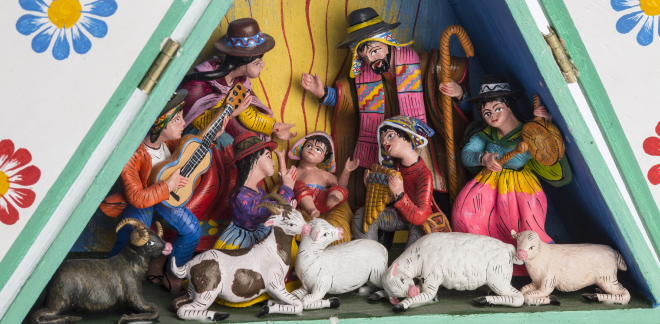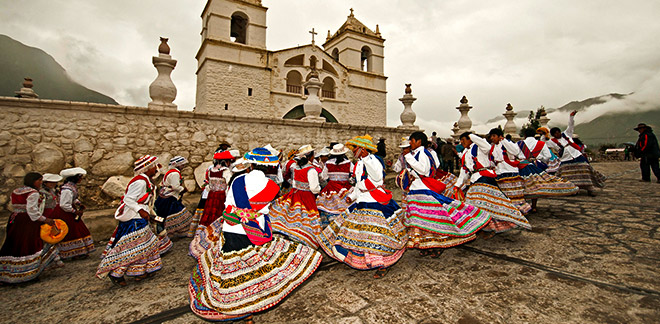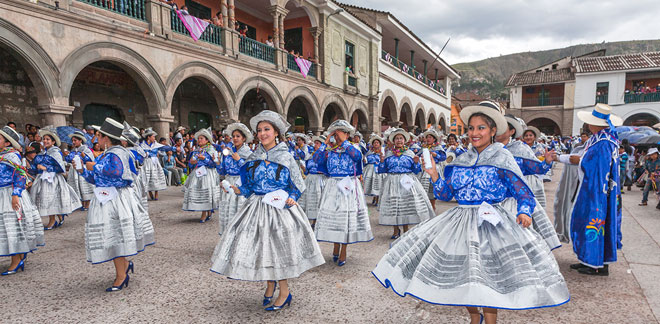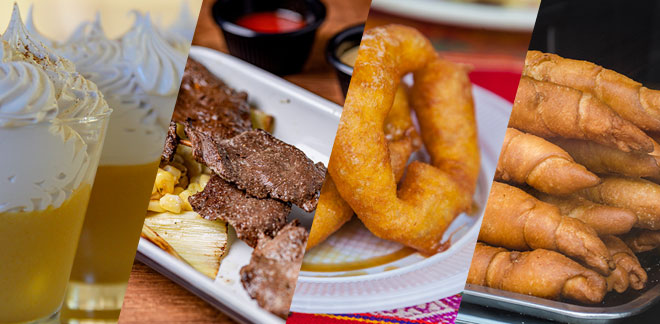The quena, a millennial instrument of the Andean folklore that traces us back to the Pre-Inca period
Síguenos en:Google News
It is one of the most important Andean musical instruments because of its value and mysticism in ceremonies, rituals, and celebrations. What do you need to know about the quena? Find more information here!
With more than 5000 years, it is known as one of most ancient wind instruments of the history since its origin traces us back to the pre-Inca period. The quena, from the quechua word qina, it is a beveled wind instrument that has been traditionally used by the people from the different communities of the central Andes.
The use of the quena can be found in ceramic pieces of Pre-Inca cultures as Nasca or Mochica. It was expanded from there to the central area of the Andes where it was played to worship and show reverence the deities. Also, it was a symbol of celebration. The quena was used for rituals, ceremonies, and important moments. This practice is replayed nowadays. The quena is synonym of celebration and respect.
There are many types of quenas, but they use to be 36 cm long. Quenas have six holes from one side and another side. In the upper part, they have a nozzle with a beveled U or V shape. Usually, quenas are made of bamboo wood but they have also been found made of ceramic. Nowadays, we find quenas made of plastic or PVC.
Depending on the size of the tube, there are more than 20 types such as shilo, pingollo, kenali, lawata, mahala, pinkillo, chayna, choquela, quena pusi, mama quena, clarín, phusipia, phalawata, flauta chaqallo, ph’alaata, puli puli, pusippiataica, san borga quena, watermelon flute, mollo, hilawata, pink’ollo, machu quena, among others. For example, the quenched is one of the biggest ones because it is up to 120 cm long and was created to reach the lowest eighth musical notes.
It seems complicated to play the quena. However, it is easier than you think! You just have to pay special attention to your fingers. While you blow, cover the necessary holes to reach the wanted musical note. The intensity of the air will create different eight musical notes. With practice, you can perfectionate the technique and fall in love of its versatility.
INTERNATIONAL MEETING OF QUENA PLAYERS
From the past 13 years, this event is carried out to meet the most important quena players around the world. This year and the last, it was held online, because of the pandemic, and the participation of Japan amazed the audience because it means that this instrument made a journey around the world.
The meeting is organized by Edgar Espinoza and Luz Ángeles, Peruvian masters of the quena. The most interesting part of this event has been to discover how the quena charms different musical genders, from traditional music, folklore, classical, popular, up to cosmopolitan, jazz and fusion.
We hope that the quena continues making people fall in love with its sound and history!




